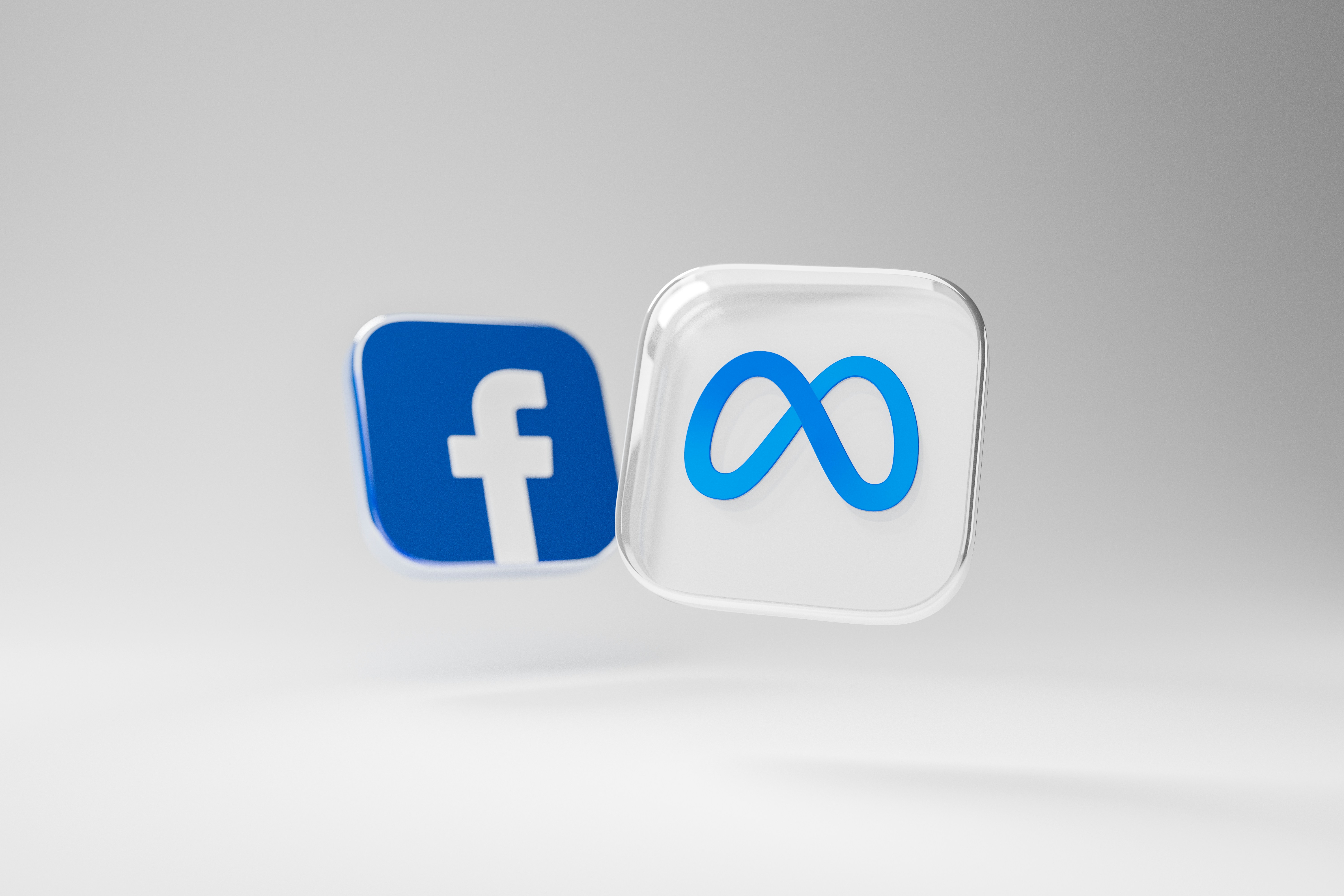What is Cost Per Lead (CPL) and How to Improve It
Mar 10, 2025

Sazi Miya
What is Cost Per Lead (CPL) and How to Improve It
In the world of digital marketing and business growth, few metrics are as important—or as misunderstood—as Cost Per Lead (CPL). Whether you're running paid ad campaigns, email marketing, or content-driven funnels, understanding your CPL can make or break your strategy.
Let’s break it down and explore how you can optimize your CPL to get more value from your marketing spend.
What is Cost Per Lead (CPL)?
Cost Per Lead (CPL) is a marketing metric that tells you how much it costs your business to acquire a single lead. A "lead" is typically someone who has expressed interest in your product or service—by filling out a contact form, downloading a resource, or signing up for a consultation.
CPL Formula:
Cost Per Lead=Total Marketing Spend Number of Leads Acquired\text{Cost Per Lead} = \frac{\text{Total Marketing Spend}}{\text{Number of Leads Acquired}}
For example, if you spend $1,000 on a Facebook ad campaign and generate 50 leads, your CPL is:
$1,000÷50=$20 per lead\$1,000 \div 50 = \$20 \text{ per lead}
A lower CPL generally means your marketing is more efficient. But a good CPL depends on your industry, lead quality, and customer lifetime value.
Why Does CPL Matter?
Budget Efficiency: Helps you understand which campaigns are delivering the best ROI.
Performance Comparison: Lets you compare the effectiveness of different channels (Google Ads vs. LinkedIn, for example).
Business Planning: Enables more accurate forecasting and scaling.
How to Improve Your Cost Per Lead
Improving CPL means either generating more leads for the same cost, or getting the same number of leads for less. Here’s how you can do both:
1. Refine Your Targeting
Bad leads = wasted spend. Use tools like lookalike audiences, geotargeting, or industry-specific filters to reach the people most likely to convert.
2. Optimize Your Landing Pages
A slow, confusing, or unconvincing landing page can kill conversions. Make sure your message is clear, the CTA is strong, and the design is mobile-friendly.
3. Use High-Intent Keywords
For paid search campaigns, focus on high-conversion intent keywords (e.g., “emergency plumber” vs. “how to fix a leak”). They may cost more per click, but usually convert better—driving your CPL down overall.
4. Test and Tweak Creatives
Ad fatigue is real. Regularly test different headlines, images, and offers to find the most effective combinations. Even small changes can have a big impact on CPL.
5. Improve Lead Quality Over Quantity
A cheaper lead isn’t better if they’re unlikely to convert. Sometimes increasing CPL slightly in exchange for higher lead quality (and conversion rate) improves overall ROI.
6. Retargeting Campaigns
People rarely convert on the first touch. Retargeting helps you bring interested users back at a lower cost than acquiring new ones.
7. Track and Analyze Constantly
Use tools like Google Analytics, CRM platforms, and marketing dashboards to monitor what’s working—and what’s not. Without data, you're flying blind.
Final Thoughts
Cost Per Lead isn’t just a vanity metric—it’s a vital sign of your marketing efficiency. The lower your CPL (without sacrificing lead quality), the better your chances of growing sustainably and profitably.
Whether you're a startup trying to stretch every dollar or a marketing team looking to scale, optimizing your CPL is one of the smartest moves you can make.
Ready to Reduce Your CPL?
At Miya Tech Innovations, we help businesses improve lead generation strategies with smart automation tools, including Missed Call Text-back software, lead tracking, and CRM integration. Let us show you how better communication and smarter targeting can lower your CPL—and boost your ROI.
👉 Contact us at miya-tech innovations to schedule your free consultation today.